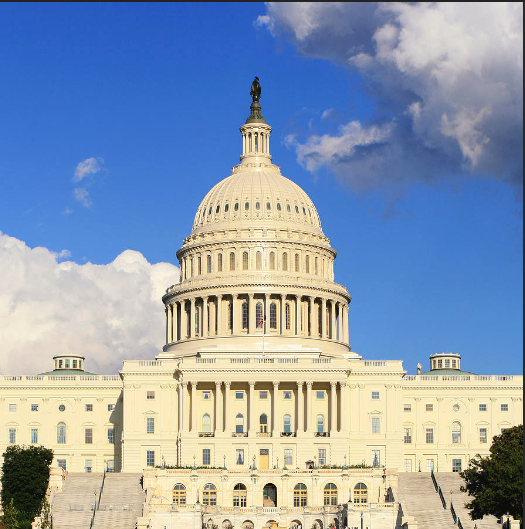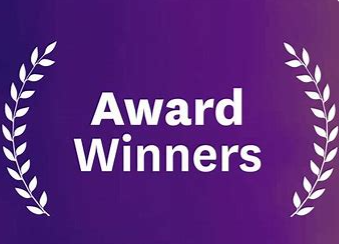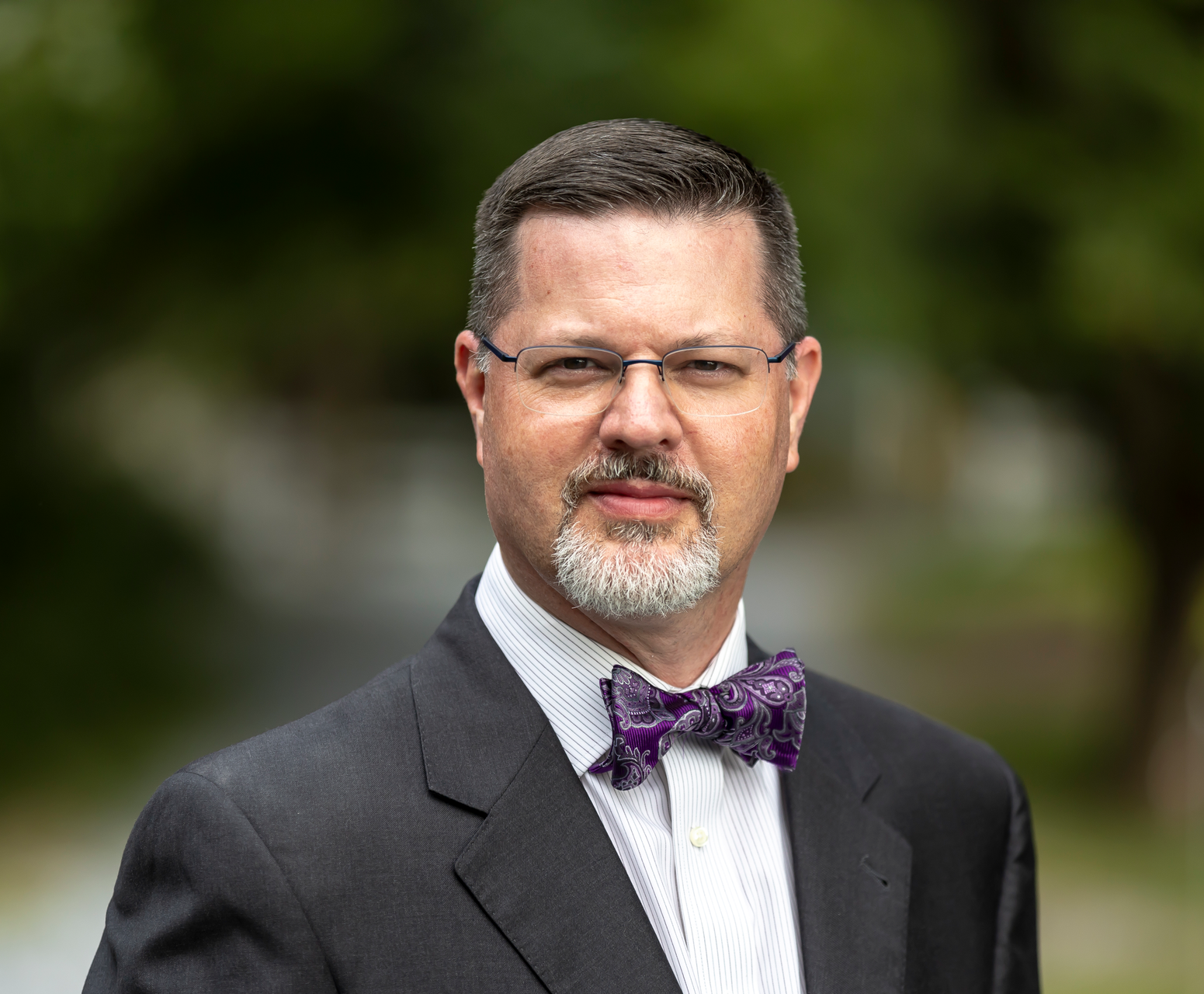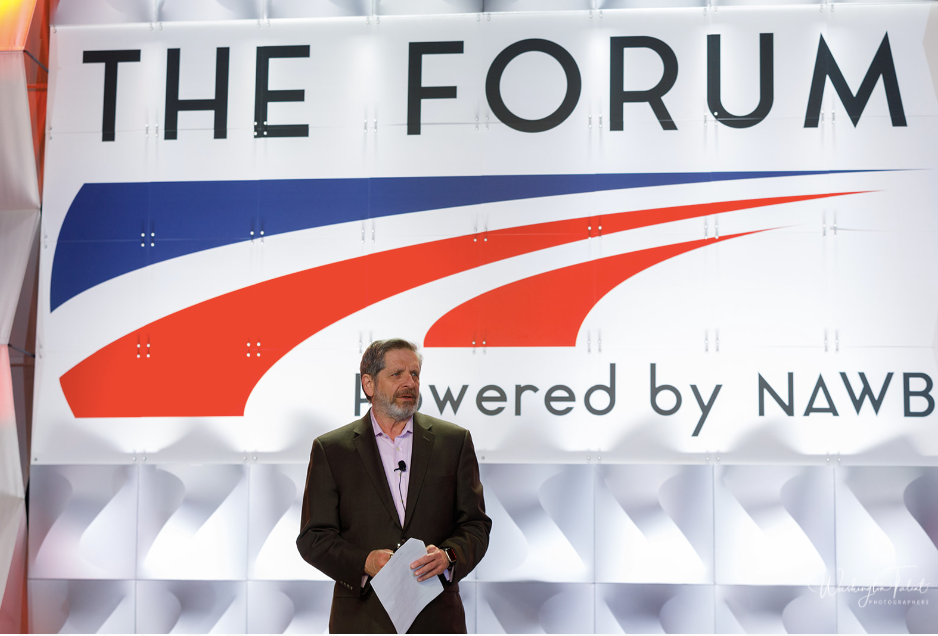NAWB Celebrates Take Your Child To Work Day
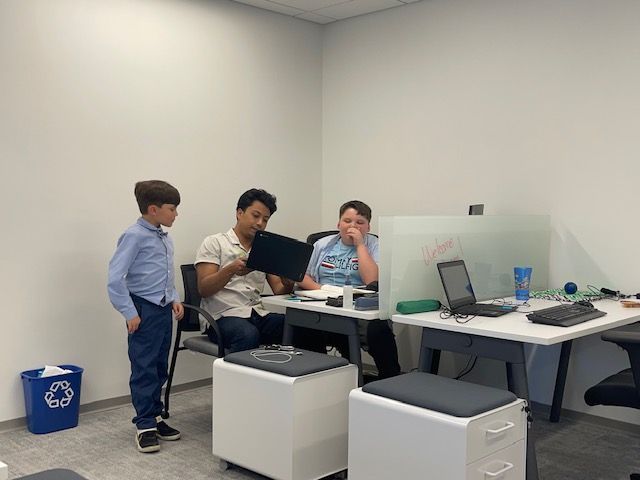
Last month, NAWB celebrated Take Your Child To Work Day alongside millions of parents, children, and workplaces nationwide. Our own Director of Membership, Tiffany Nicholson brought her sons, Mason and Maxwell, to see how the sausage gets made. We took the opportunity to ask them a few questions, as well as reflect on work, the workforce, and the future.
The Vanishing Workforce
Kyle Marinelli, NAWB’s Assoc. Director of Policy and Gov. Relations, often says that “we’re going to be in a labor shortage for the next century.”
The story starts with generational change. The baby boomer generation— some 76 million people born between 1946 and 1964— comprised a workforce explosion in their prime years. But boomers are now leaving the workforce by the millions annually, and there aren’t enough younger workers entering to replace them. The American birthrate, which skyrocketed during the boomer years, dropped below replacement level in 1971: half a century ago. Outside of a few anomalous years, that’s where the birth rate has stayed.
“This isn’t going away, and it isn’t centered around one country— this is global,” says Kyle. “Plus, technology and innovation are going to impact the future of work in many ways: including where we work, how we work, and what individuals need to participate and be successful in a new labor market that is driven by scarcity and demand for new skills.”
The Future Of Work
The upshot of this—an enduring transformation of the demographics of the labor market, in conjunction with separate but related evolutions in technology and industry— is that the work, and careers, of the future will be quite different than those of the past.
From a workforce development perspective, we must become better at matching industry demand and labor supply, while simultaneously expanding the critical talent pools that are quickly diminishing. If we don’t, our workforce will struggle to keep pace with both domestic and global changes.
Early career exploration will become even more important. Programs, policies, and technologies that enable that exploration can help us efficiently match labor demand and labor supply.
Meanwhile, we can expect technological progress to change the nature of our work. As automation continues and the average career spans more and more fields and trades, expect more emphasis on fostering “soft skills” like emotional intelligence, creativity, and critical thinking. The future workforce must be adaptable to volatility in labor markets, which means ensuring that skillsets have applicability across multiple sectors.
A conversation with the workforce of the future
Okay, now the fun part! Let’s talk to Mason and Max, who joined us for Take Your Child To Work Day along with Mom Tiffany Nicholson, NAWB Director of Membership.
NAWB: What’s your name? How old are you? And why are you here today?
Mason: I'm Mason, I'm eleven years old. I'm here because my mom says I have to be.
Max: I'm Max, I'm nine. I'm here for Take Your Child To Work Day!
NAWB: Tell us a little bit about yourselves!
Mason: I like video games. I like the NFL and sports. I play the saxophone and am on student council.
Max: I like to play soccer. I am very fast. I play the drums. I am in the Community Service club at school. I read on a 5th grade level, and I am very short.
NAWB: What is your dream job? Or dream jobs?
Mason: Airplane pilot, gamer/streamer, NAWB employee, or a QB in the NFL.
Max: Soccer player. NAWB employee. That’s it.
NAWB: What does work “mean” to you? When we talk about work... what do you think of?
Mason: I think of keyboard typing, telephones ringing, office sounds... boredom... but also, fun and friends.
Max: Work means getting money to go do fun things, and having friends to work alongside. You need money for food, water, and going on trips. I also think of responsibility and deadlines and LONG days: hard work!
Thanks to our very own Tiffany Nicholson and her very own Mason and Maxwell... happy Take Your Child To Work Day, and best wishes to all workers, present and future.
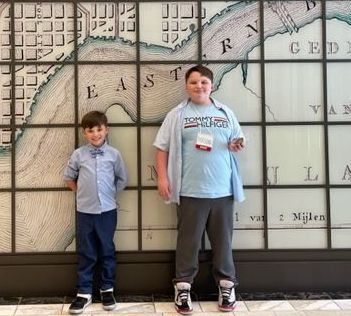
Slide title
Write your caption hereButton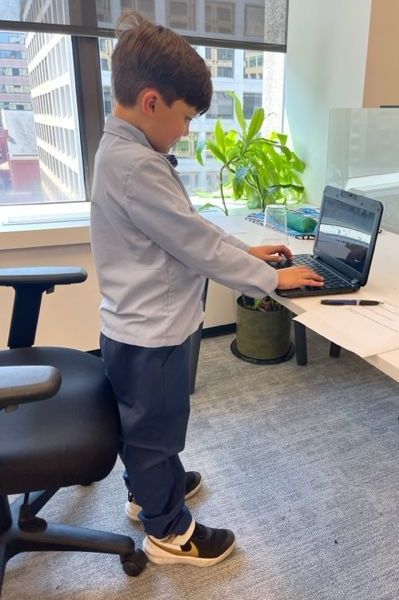
Slide title
Write your caption hereButton
Slide title
Write your caption hereButton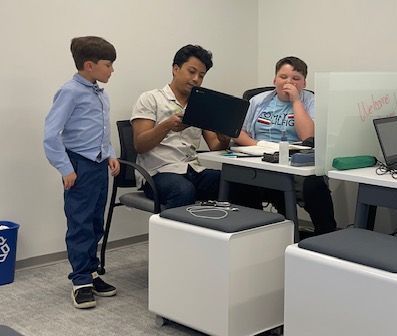
Slide title
Write your caption hereButtonSlide title
Write your caption hereButton


National Association of Workforce Boards | All Rights Reserved |
Created by Olive + Ash.
Managed by Olive Street Design.



